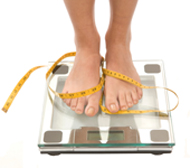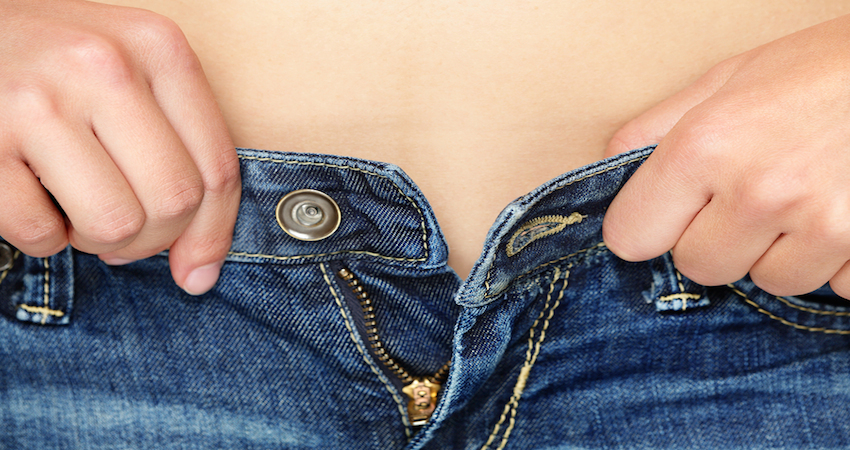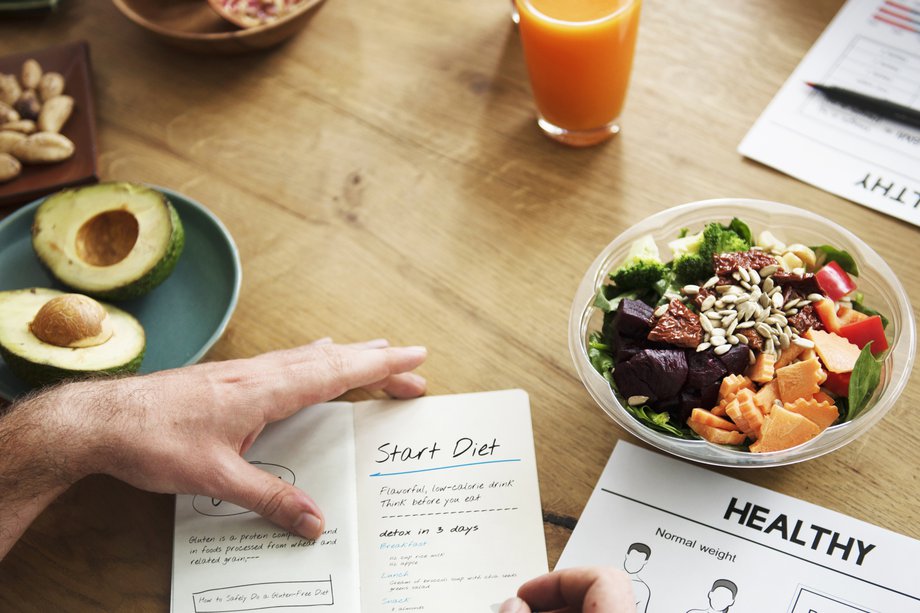 The number of Americans with diabetes is skyrocketing: 24 million now have it, and 57 million are pre-diabetic. While tackling the obesity epidemic is one key to reversing the alarming trend, advances in screening and treatment are helping us get a handle on it.
The number of Americans with diabetes is skyrocketing: 24 million now have it, and 57 million are pre-diabetic. While tackling the obesity epidemic is one key to reversing the alarming trend, advances in screening and treatment are helping us get a handle on it.
The CDC recently released a startling report predicting that, by 2050, the number of diagnosed diabetes cases in America will reach 29 million. What can you do to help prevent diabetes? Experts, researchers and doctors agree: exercise and a healthy body weight are key factors in diabetes risk prevention.
Getting screened is easier then ever.
Doctors used to rely on a fasting blood glucose test (which meant no eating for a least 8 hours) or a glucose tolerance test (which takes at least two hours and involves gulping down a terrible-tasting sugary drink). Blood sugar levels of 126 mg/dL or higher on either of these tests means you have diabetes.
But now there’s the AIC screening-a blood test that requires no fasting and gives a snapshot of your blood sugar levels over the previous 3 months. Doctors used to give the AIC only to people already diagnosed with diabetes to assess how they were managing the condition.
However, earlier this year the ADA started recommending it to help with diagnosis because it’s so convenient and reliable. In fact, its better at catching pre-diabetes then a fasting blood test, since it’s less affected by short-term changes in diet and exercise.
Newer meds can help patients lose weight.
Ironically, some of the drugs used to treat type 2 diabetes cause weight gain, which only perpetuates the problem. But in the past five years several diabetes drugs have hit the market that promote weight loss, or at least prevent weight gain. These medications, including Byetta nd Januvia, target hormones that help lower your blood sugar levels when they are too high, and may reduce your appetite. They tend to be most effective when you take them during the early stages of the disease or use them in combo with other diabetes medications.
The artificial pancreas is getting closer to reality. Many type 1 patients wear insulin pumps, which monitor blood sugar and eliminate the need for injections. But you still have to decide how much to inject via the pump, and it’s not easy: Some people try to keep their blood sugar from dropping to low (which can cause seizures and even death) by letting their blood sugar run high (which can lead to problems like nerve damage and blindness). The so-called artificial pancreas would change that by continuously monitoring blood sugar levels and automatically monitoring blood sugar levels and automatically injecting the appropriate amount of insulin, says Aaron Kowalski, MD, PhD, research director of Artificial Pancreas Projected for the Juvenile Diabetes Research Foundation. Thanks to recent successful trials, it’s now being tested at hospitals across the country.
Who Should Get Screened?
Starting at age 45, everyone should get tested for type 2 diabetes. but ask your doctor whether you need to be screened earlier if one or more of these risk factors applies to you:
- A family history of diabetes
- Inactivity
- Excess weight/obesity (a BMI of 25 or higher)
- HDL or “good” cholestero under 35mg/dL
- High blood pressure(140/90 mmHG or above)
- High triglyceriders (over 200 mg/dL)
- Gestational diabetes during pregnancy
- Polycystic ovarian syndrome (PCOS)












Home remedies for diabetes is something diabetes should
use when looking for a tool to reverse diabetes naturally.
If you have a family history of diabetes, or you’ve been told by a health care professional that you’re at risk for type 2 diabetes, you
can prevent or delay the onset of the disease by losing 5 to 7 percent of your body weight (10 to 14 pounds if you weigh 200
pounds). If you have type 2 diabetes, you may want to consider drinking
less caffeine throughout the day.